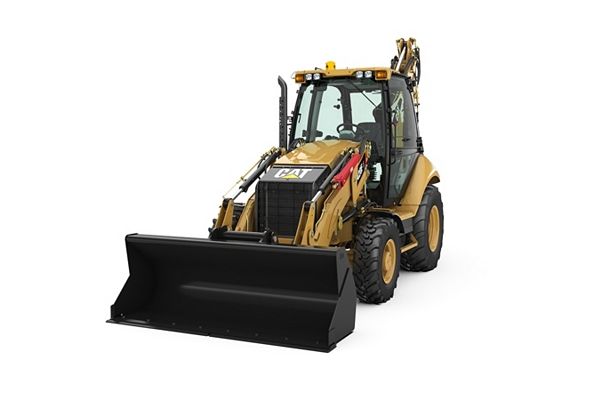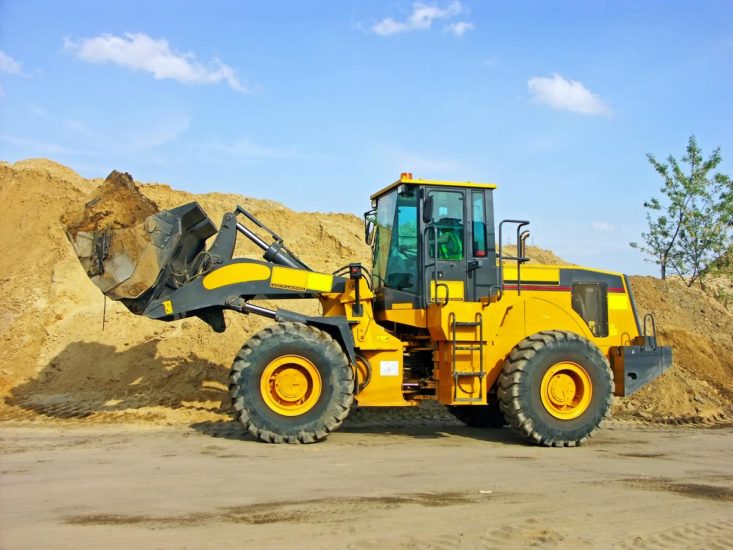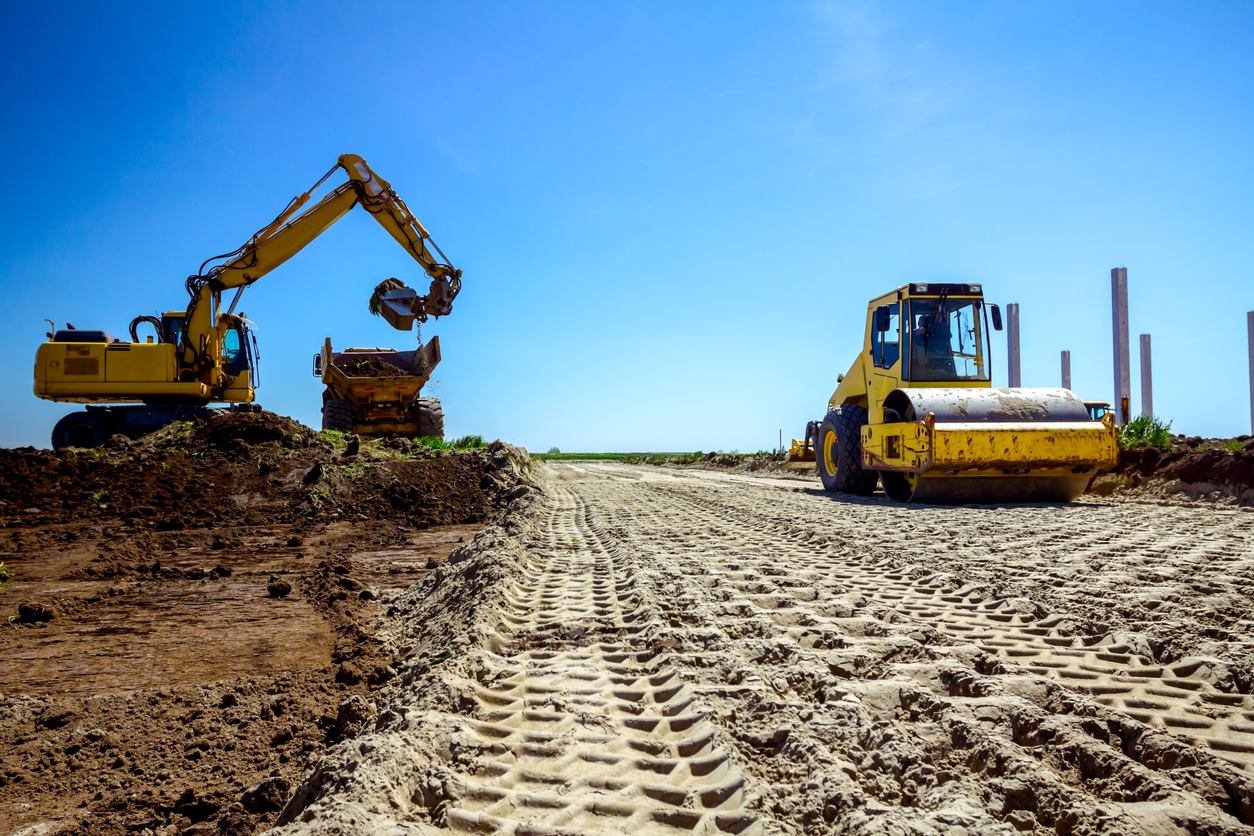Trustworthy Construction Equipment Rentals for Your Tasks
Renting Vs. Purchasing Construction Equipment: Making the Right Option for Your Job
When embarking on a building and construction project, one of the essential decisions that forecast stakeholders and managers face is whether to buy or rent building tools. The decision hinges on different aspects such as price considerations, job period, equipment maintenance, flexibility, scalability, and risk administration.
Expense Factors To Consider
Renting out equipment usually calls for reduced preliminary settlements contrasted to buying, making it an attractive option for short-term tasks or specialists with budget restraints. In the long run, continually renting out devices can accumulate higher expenses than purchasing, especially for extensive projects.
On the other hand, buying construction devices involves higher in advance costs yet can result in long-term savings, specifically for frequent customers or long-lasting projects. Ultimately, the decision in between renting and getting building equipment hinges on the project's duration, frequency of use, budget plan factors to consider, and long-lasting monetary goals.
Job Period

Alternatively, for long-term projects or continuous building and construction work, acquiring equipment could be the a lot more economical alternative. Purchasing tools can bring about cost savings over time, particularly if the equipment will be regularly made use of. Additionally, having tools gives a sense of control over its availability and allows for personalization to fit certain project needs.

Devices Maintenance
Offered the vital function project duration plays in identifying the most affordable approach between renting and buying building tools, the emphasis now changes in the direction of analyzing the necessary element of tools upkeep. On the various other hand, possessing tools needs a proactive technique to upkeep to protect against break downs, guarantee safety, and prolong the devices's lifespan. Ultimately, a well-kept construction tools fleet, whether rented or possessed, is necessary for the successful and efficient completion of building and construction jobs.
Flexibility and Scalability
In the realm of building and construction equipment administration, the element of flexibility and scalability holds considerable importance for task performance and resource application. Choosing more helpful hints to rent out construction tools offers a high degree of versatility as it allows for the fast change of tools kinds and quantities based on the evolving needs of a project.
Leasing building and construction tools provides the benefit of conveniently scaling operations up or down as job demands fluctuate. Specialists can rapidly exchange or add devices to match the task's transforming demands without the restrictions of having assets that may end up being underutilized or obsolete.
Threat Monitoring
Efficient risk management in building devices operations is critical to making certain project success and mitigating potential financial losses. Construction tasks naturally involve numerous risks, such as devices failures, mishaps, and job delays, which can dramatically influence the project timeline and spending plan. By thoroughly considering the risks related to owning or renting building and construction equipment, project supervisors can make educated decisions to minimize these potential hazards.
Renting out building devices can supply a level of threat reduction by transferring the duty of repair and maintenance to the rental firm. This can decrease the financial problem on the project proprietor in situation of unanticipated devices failings (forklift rental). Additionally, renting out supplies the flexibility to gain access to customized tools for certain task stages, reducing the risk of owning underutilized equipment
On the various other hand, possessing building equipment offers a sense of control over its use and upkeep. However, this also means birthing the complete responsibility for fixings, upkeep expenses, and devaluation, enhancing the monetary dangers connected with equipment ownership. Mindful danger evaluation and factor to consider of elements such as task duration, equipment utilization, and try this out maintenance demands are essential in establishing one of the most ideal option for efficient risk administration in construction tasks.
Verdict
In conclusion, when choosing in between purchasing and renting building equipment, it is very important to think about expense, task period, equipment maintenance, versatility, risk, and scalability management. Each factor plays an essential role in identifying the most suitable choice for the Find Out More job available. By thoroughly examining these elements, job managers can make an informed choice that aligns with their budget plan, timeline, and overall job objectives.
